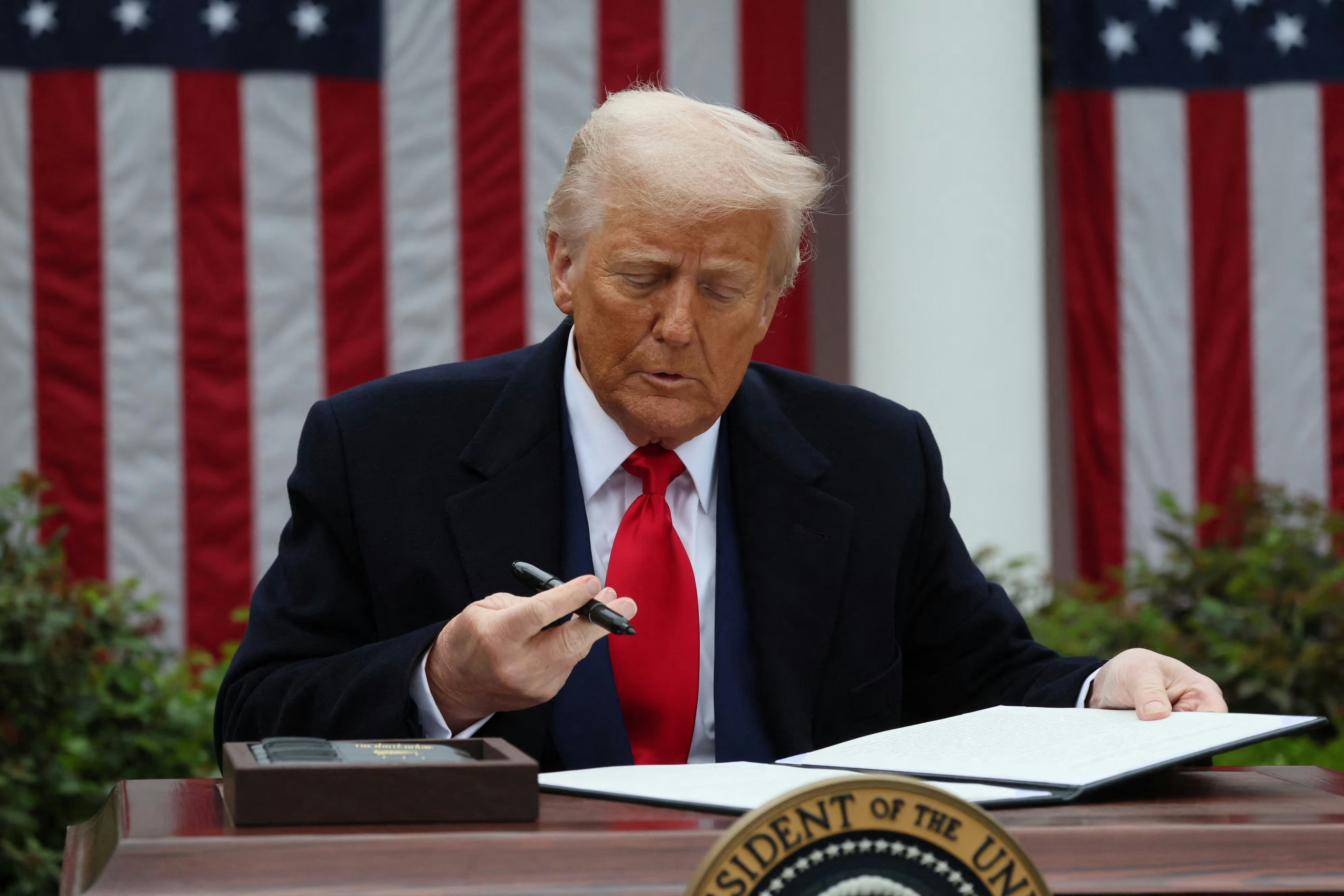
The Situation
The landscape for e-commerce brands is changing rapidly, especially with the introduction of new tariffs by the Trump administration. These changes are already impacting sourcing, pricing, and operations across the e-commerce supply chain. To help brands navigate these challenges, Pietra CEO Ro Trivedi and Factored Quality CEO Prince Ghosh recently hosted a webinar to discuss what these new tariffs mean for your business.
Key Discussion Points
The webinar provided tactical advice on how e-commerce businesses can:
- Prepare for rising costs
- Protect margins
- Future-proof their supply chains
Webinar Recording
Understanding the New Tariffs
Prince Ghosh explained that the Trump administration is implementing “reciprocal tariffs” on goods imported into the United States. These tariffs aim to rebalance the American trade deficit by using a consumption tax model.
- The first set of tariffs was implemented on April 5th.
- Additional “stacked reciprocal tariffs” are set to take effect on April 9th.
- To avoid the new tariffs, goods must be loaded onto a ship or plane and leave the exporting country by 11:59 PM US time on April 8th.
How Tariffs are Calculated
It's crucial for businesses to understand how these tariffs are calculated to accurately assess their new costs.
- Tariffs can be “stacked,” meaning multiple layers of duties are added together, significantly increasing the total tariff.
- The exact tariff rate depends on the Harmonized Tariff Schedule (HTS) code of the product, which is determined by a licensed customs broker.
- These brokers analyze the product and its components to apply the correct tariff codes.
- Ro Trivedi and Prince Ghosh strongly recommend consulting with a licensed customs broker to understand the specific tariff implications for your products.
Impact on E-commerce Businesses
The new tariffs will have a significant impact on e-commerce businesses, particularly those that import goods.
- The tariffs vary by country of origin. For example, as of last Friday, products from China could face a 54% increase, Vietnam 46%, and Cambodia 49%.
- Businesses that have adopted a “China plus one” sourcing strategy (having a factory in China plus a backup in another country) may still be affected, as tariffs are also being applied to other Southeast Asian countries.
Recommendations for E-commerce Businesses
- Accurate Records: Keep detailed records of all shipping manifests and bills of lading to ensure accurate tariff application and resolve any discrepancies.
- Country of Origin: Be transparent and accurate about the country of origin of your products. Avoid any attempts to circumvent the rules, as this can lead to severe penalties.
- Pietra Platform: Utilize platforms like Pietra to explore manufacturing options outside of China and access tools to help manage your business effectively.


